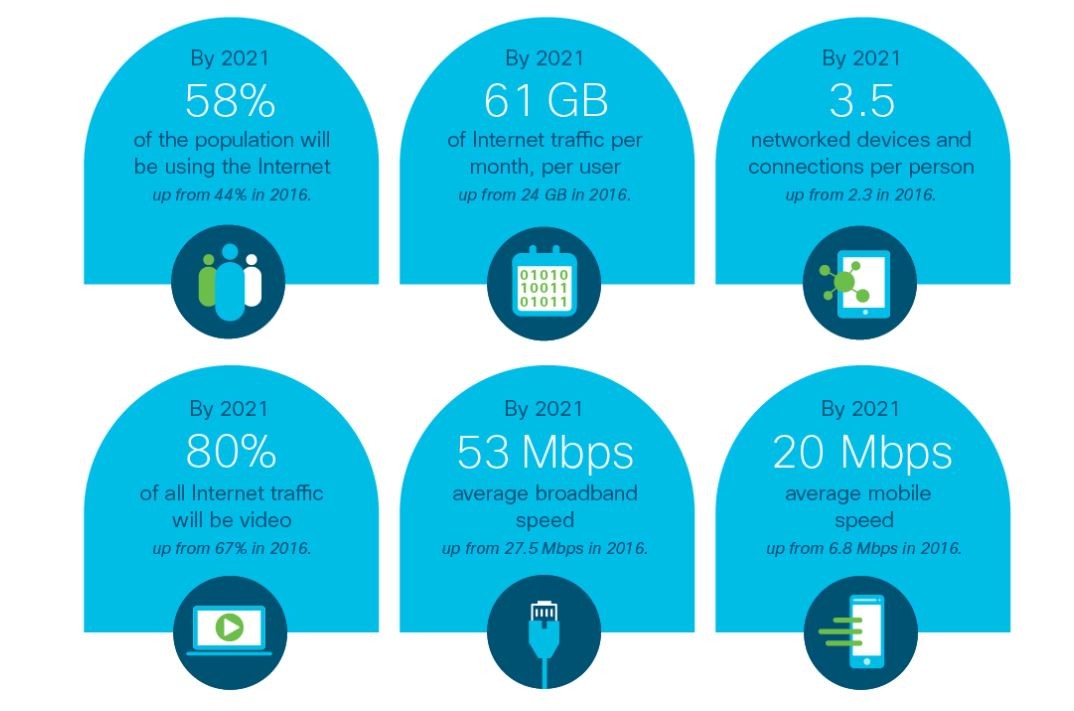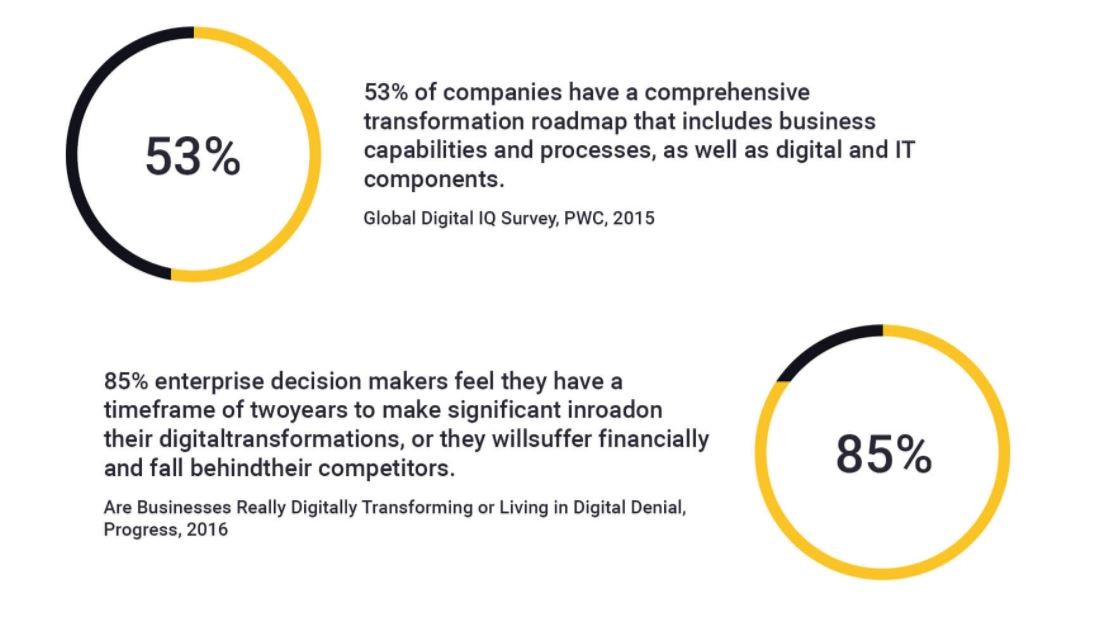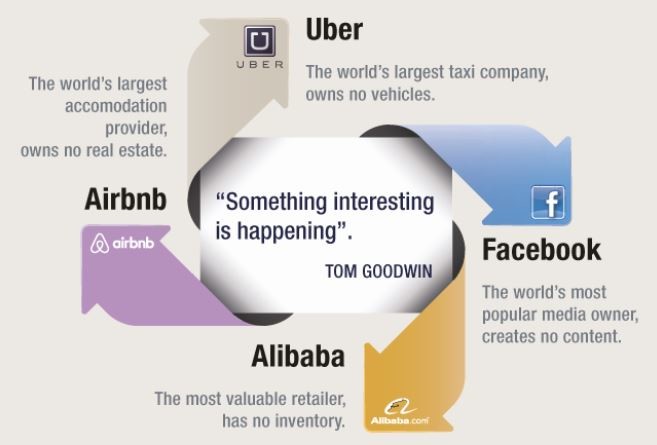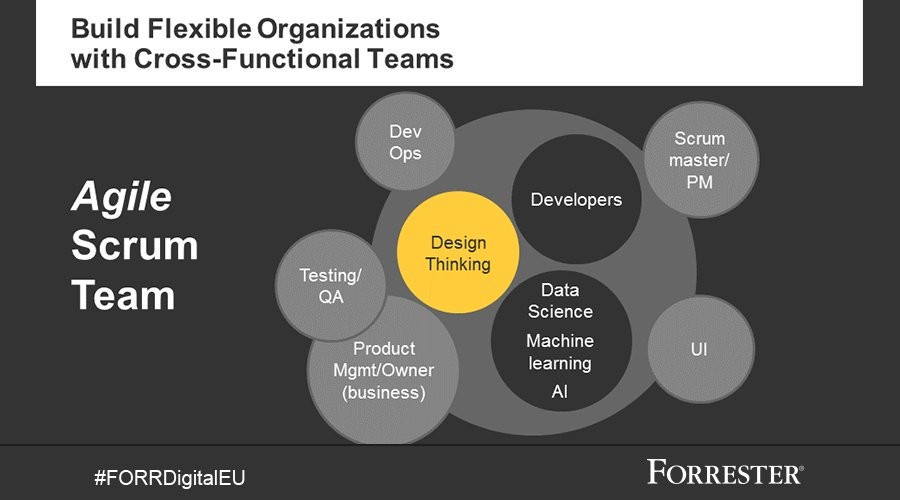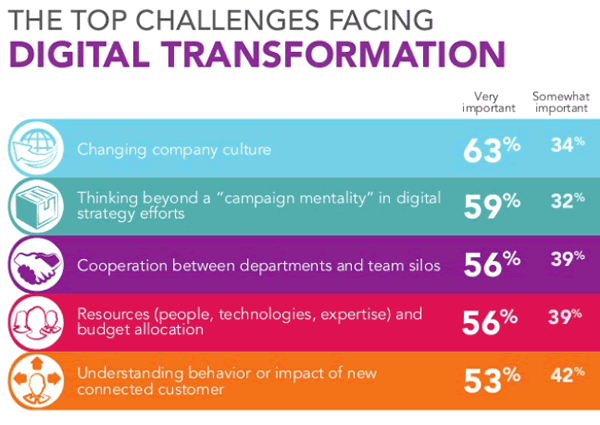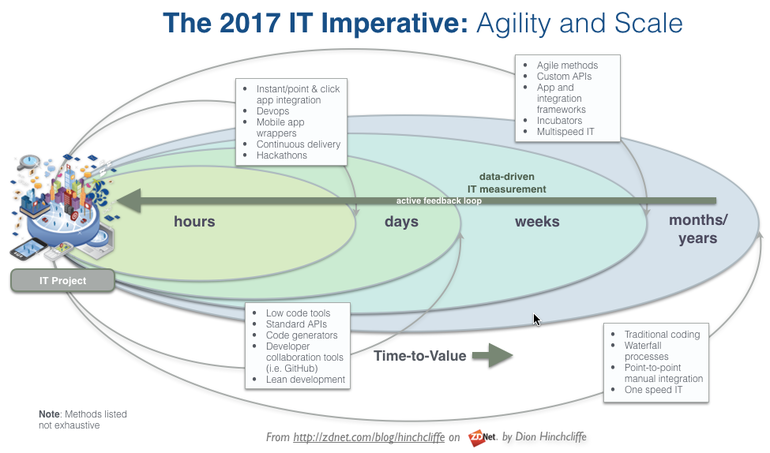Just like in an Orwellian future the digital and physical world are converging with exponential acceleration fueled by technology disruption and embraced by more companies and organizations impacting customers and consumers today – here and now.
This is at least partially fueled by disruptive technology, advances in machine algorithm driven AI, economies of scale in efficiency of processing vast amounts of data and delivering connected digital experiences in real time at the time of now.
We have all heard of optimistic projections and quotes from various research firms projecting billions of devices and dollars to be earned through services that cater to this growing trend, but now there is real traction and success stories in the private and public sector where companies are spending a great amount of time estimating the total impact, developing models and implementing solutions benefitting of the explosion of internet connected devices and the massive data growth that comes hand in hand with that.
Cisco, for example, projects more than 24 billion Internet–connected objects by 2019 whereas Huawei forecasts 100 billion IoT connections by 2025, Morgan Stanley, projects 75 billion networked devices by 2020.
Coming back to traditional research McKinsey Global Institute suggests that the financial impact of IoT on the global economy may be as much as $3.9 to $11.1 trillion by 2025.
What is in it for us? According to CapGemini most digital advanced companies are 26% more profitable than their competitors taking advantage of connected technologies.
A Cisco Infographic below lays out how demographic changes and disruptive connected technologies are further fueling this phenomenon:
The connected experience also sometimes called “The internet of the internet” is extending and digitizing data that is directly relevant to our needs, business problems and personal challenges advising us in real-time sifting through data lakes of information with beautiful and intuitive touch and voice driven interfaces.
As laid out in previous articles like Transform or be Digitally Disrupted, Smart Bots for the Connected Future, Automation with Artificial Intelligence technology can be an enabler for better customer experiences, securing the right for companies to stay relevant, driving efficiencies and enabling future innovations.
Examples of success driven by digital transformation can be seen across industries:
Entertainment Industry:
Blockbuster vs Netflix: in 1985 Blockbuster was a powerhouse in the world of video rentals with over 8,000 stores at its peak, but ultimately failed by not reinventing themselves and adapting to changing customers needs empowered by digital technology.
Netflix on the other hand as we all know addressed these changing needs ultimately reinventing itself multiple times starting with the mail business and then replacing it with streaming content services. Netflix looked at their data as an asset to further tailor services to customers needs and reinventing themselves again through content creation and delivering a great mobile experience of streaming services.
Digital Supply Chain Transformation – Connecting the Components of the Industrial Internet
GE is attaching sensors to its machines that enable it to capture performance data. This data is then analyzed to provide real-time information to improve machine efficiency, prevent downtime and enable effective scheduling of predictive maintenance.
By attaching sensors to its machines, GE currently monitors and analyzes 50 million data elements from 10 million sensors on $1 trillion of managed assets daily. The overall goal is to move customers toward zero unplanned downtime7 and GE has christened this convergence of industrial machines, data and internet connectivity the ‘Industrial Internet’ as laid out in the below graph:
All industries are impacted by technology and process disruption as laid out in the graph below:
Key enablers for digital transformation success besides Technology are:
- Strategy,
- People and
- Corporate Culture.
Strategy
Industry players that avoid risk taking and embracing new approaches will ultimately be left behind and loose talent along the way being stuck trying to meet new customers demands with inflexible old approaches.
In a previous article “Bringing Shadow IT out of the Shadows” I discussed the flexibility needed by IT departments to support the increasingly changing needs to meet internal and external customer demands in a rapid fashion.
As a matter of fact I have to contradict myself that in the digital age the approach of a 2 speed architecture does not work anymore.
In the digital age all technology, IT solutions and back-end systems need to be aligned and enabled for rapid agile delivery focused on meeting the ever changing demands of our customers
People
As pointed out by MIT Sloan across age groups from 22 to 60, the vast majority of respondents want to work for digitally enabled organizations. Employees will be on the lookout for the best digital opportunities, and businesses will have to continually up their digital game to retain and attract them.
If you are thinking enterprise architects, software engineers, DevOps managers and cloud computing specialists will be driving this digital transition alone
Think again…
For a successful digital transition companies need storytellers, conversational brand strategists UX designers, business architects and product managers, among other roles to drive success as pointed out in CIO.com.
As a matter of fact –
old team structures and organizational siloed structures don’t work anymore. For the digital transition new approaches are needed such as cross functional teams that are focused on a specific digital solution with aligned targets breaking down the barriers between different departments.
These could be SCRUM teams that might be created and dissolved for a specific purpose or more of a permanent organizational structure that every department needs to have for the digital age.
Forrester research points out that this still requires being clear on your requirements and goals that can then be rapidly deployed and optimized on an ongoing basis:
Culture
Companies and Individuals that embrace taking advantage of the digital transition will be in the driver seat in the long run. Ultimately, there will be times when one is at a crossroads being faced with cannibalizing your own business for the sake investing in high growth digital products and services and there will be times when it is necessary to actively update your own skillset with the focus on these high growth areas.
That kind of thinking is of course not new and irrespective if we are talking about process or technology changes companies and individuals had to reinvent themselves. A lack of flexibility and low risk affinity with that regard can be at least temporarily a stumbling block.
The graph below lays out these challenges in today’s corporate environment:
With that being said digital disruptive technology and approaches do enable the digital transition in a big way:
Methodologies like DevOps and continuous delivery in combination with API integration, no code tools and developer collaboration fuels the digital transition and can cut down ongoing development cost and increase agility for digital capability delivery.
Potential Challenges Hampering Digital Transition
There are technology challenges in itself that bad actors can exploit. Massive IoT based Denial of Service Attacks like if happened with the Mirai IoT-based malware that caused vast Internet outages by launching massive DDoS attacks to take down “the internet” or in that case taking down the DNS provider Dyn last year using a massive DDoS attack are examples of a global attack of capability.
IoT driven breaches like the shut down the heating of two buildings in Finland 2016, Stuxnet targeted devices of industrial programmable logic controllers (PLCs) demonstrate that critical infrastructure is at risk with real world consequences of physical damage, personal injury and data loss.
Besides the above mentioned challenges there are several reasons driving delays to a digital transformation program. The most common hurdles to overcome are:
- Resistance to change
- Lack of Expertise to Lead Digitization Initiatives
- Organizational Structure
- Lack of Overall Digitization Strategy
- Limited Budget
What can we do to prepare and address these risks?
Companies can counter the trend of using internet connected devices and sensors as new avenues of attack by a security-by-design and privacy-by-design practice for connected devices.
Multiple industry standards are evolving as we speak to address digital industry challenges and driving adoption by standardization:
- NIST for digital cybersecurity
- ISO/IEC/IEEE 42010 – Internet of Things Reference Architecture
- ISO TC 304 Blockchain and Distributed Hyperledger Standard
- Internet Society Open internet Standards
In summary from a digital strategy perspective there is going to be a tipping point for companies that either decide to disrupt vs being disrupted as laid out in this McKinsey graph that underlines the urgency for a corporate culture of digital innovation:
About the Guest Author

Carsten Krause is a strategic and tactical leader for global enterprise, multibillion-dollar IT with a track record of 20+ years leading global software development, architecture teams, deploying enterprise application solutions, building long term IT architecture roadmaps and implementing global IT solutions.
Appointed in April 2016, Carsten leads ModusLink’s global architecture teams including development of new capabilities supporting Internet of Things enabled Supply Chain solutions, blockchain track and trace capability, data insights for ModusLink clients and digital transformation across ModusLink’s solutions portfolio.


